State:Madhya Pradesh
Area:284.9 sq.kms
Altitude:523 metres above sea level
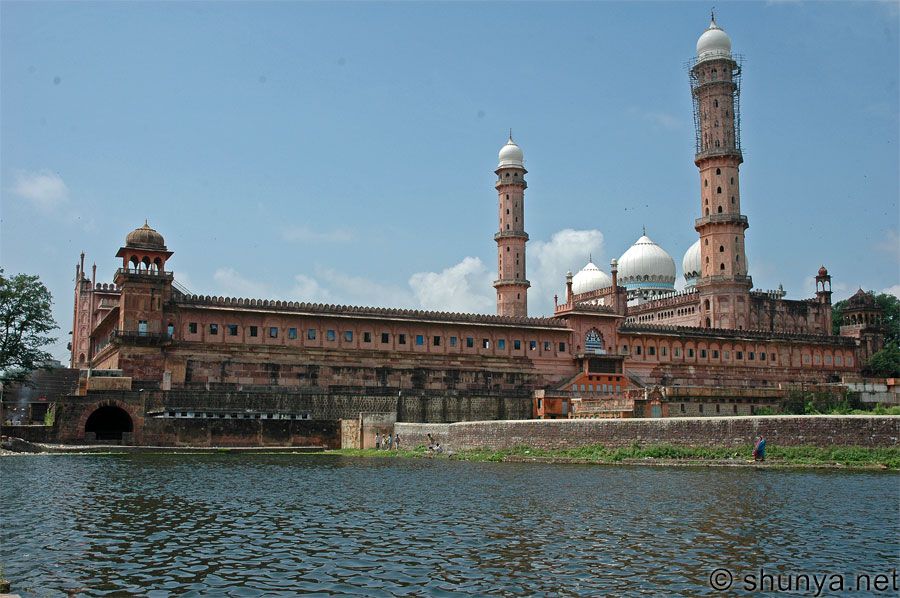
Rainfall (Annual):1083 mm
Temperature:Summer: 24.9 to 47.7 Degree C
Winter: 8 to 24.5 Degree C
Language(s): Hindi,Urdu and English.
Best Time to Visit:October to March
STD Code:0755
Overview of Bhopal
Bhopal is the capital city of Madhya Pradesh.Bhopal is also referred to as the City of Lakes because of the two beautiful lakes that are situated in the center of the city. Apart from its natural beauty, Bhopal is also famous for its mosques. The Taj-ul-Masjid in Bhopal is the largest mosque of India. Bhopal is also known,for the largest industrial disaster or the Gas Tragedy,which happened in 3rd December 1984. This disaster is caused due to the leakage of Methyl Isocyanate gas in Union Carbide plant.The gas caused a massive loss of human life - numbering in thousands. Thousands others were rendered sick and have been facing chronic health problems such as Psychological & Neurological disabilities, blindness etc.
History of Bhopal
The history of Bhopal dates back to the 11th century AD, when it was built by the legendary King Bhoja. Later the region was ruled by Mughals by defeating the local rulers.he decline of the Mughal Empire with the death of Aurangzeb (AD 1707) led to political turmoil in this region. The small princely state of Bhopal and the present-day city was founded by an Afghan soldier Dost Mohammad in 1723. It was the second largest Muslim state during the rise of British power in India.Bhopal remained a separate state, until 1949. According to the States Reorganization Act of 1956, Bhopal state was integrated into the state of Madhya Pradesh, and Bhopal was declared as its capital.
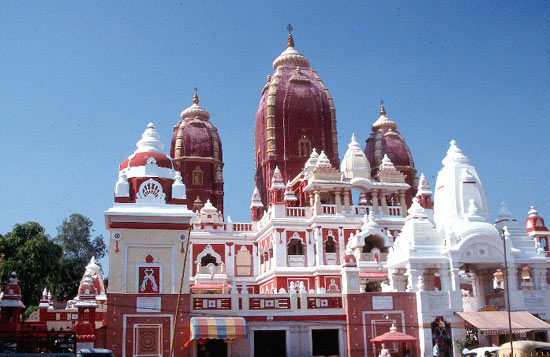
Sightseeing in Bhopal
Laxmi Narayan Temple
This temple is also called as 'Birla Mandir'.It is located to the south of the Lower Lake on the Arera Hills.Close to this temple a museum is there which is repository of sculptures from the districts of Raisen,Sehore,Mandsaur,and Shadol in Madhya Pradesh. Most of the sculptors include Lord Shiva,Vishnu and their respective consorts and incarnations.
Moti Masjid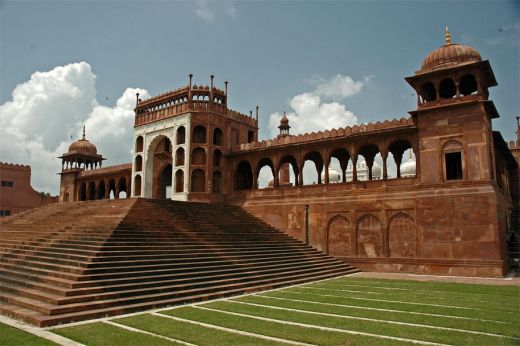
Moti Masjid is one of the important and old mosques in Bhopal land of tradition, history and heritage. The mosque was built by the daughter of Qudisiya Begum,Sikamdar Begum in 1860. She was not at all like conventional Muslim girls and so she used to dress like a man and that mad her distinct from any the then Muslim woman. The mosque in red sand stone stands as an example of typical Islamic art and architecture; there is a marble fa?ade with huge towers on both the side. The mosque is an important landmark which is well networked by all modes of transport that are cheap and easily available.
Saukat Mahal and Sardar Manzil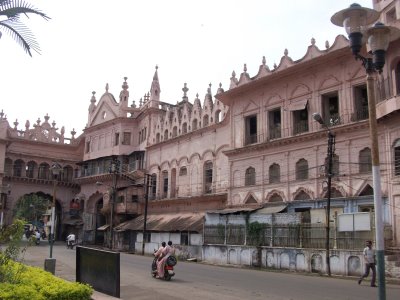
Saukat Mahal and Sadar Manzil is a historical architecture in the heart of the city. The architecture shows its unique construction which is very much different from the typical Islamic architecture.Saukat Mahal is the example of Renaissance and gothic essence. The old style with various stone works creates a wonderful ambience. The beautiful white building with intricate stone work gives the detailed culture of the Islam and there effect in Indian society. Sadar Manzil was the spacious hall and was used for the public audiences. This house was one of the famous houses where the public were entertained and were given the chance to enjoy various shows that the ruling class used to organize.
Upper and Lower Lakes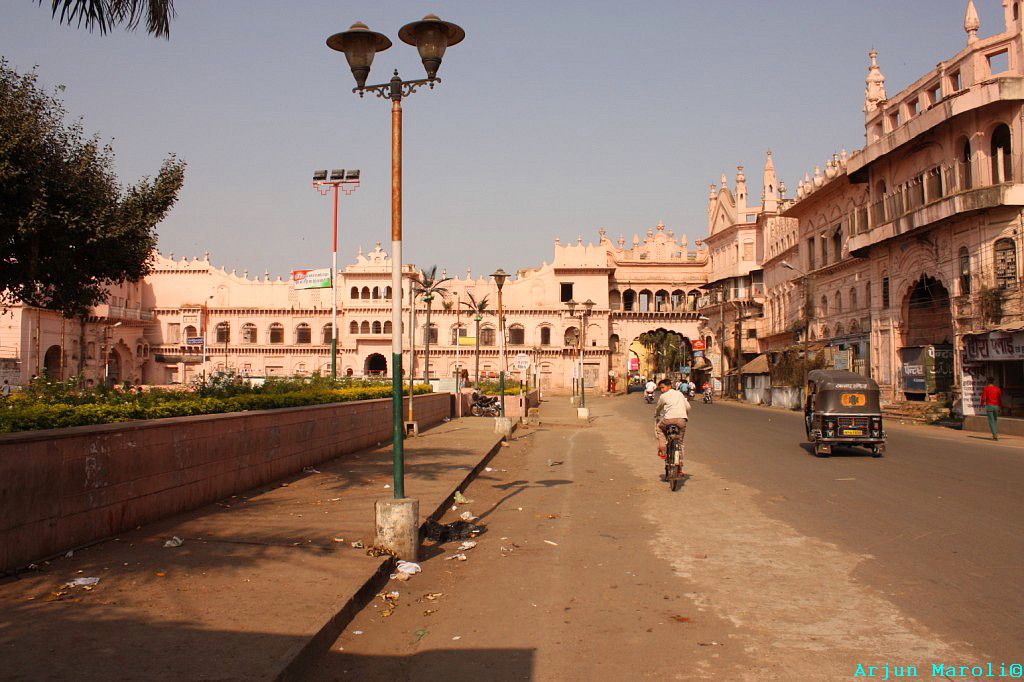
A lake in the Bhopal is divided by a bridge and it has made into two sections named upper section and lower section. This lake is the ideal place for various water spots like sailing,paddle boats and motor boats. Upper lake is the main lake which is becoming polluted because of the human development. The lake is ideal place to enjoy the evening and can avail the peddle boat motor boat and shikaras.
The Lower Lake is too facing the same problem of upper lake as this lake is also polluted by the waste and sewerage of the human civilization.
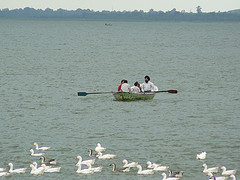 Taj-ul-Masjid
Taj-ul-Masjid
Bhopal is the city of religion,culture and History.Taj-ul-Masjid with its wonderful structure gives the visitors to visit this holy place irrespective of any caste and creed.The pink portico with two white domes shows the holiness that resides in every stone of the mosque. The mosque is named as Taj-ul-Masjid which means 'The Crown of Mosque'. The mosque was not completed in one stretch due to change of various ruling classes. But the work was resumed in the year 1971 and this white colored mosque will give you the scope to enjoy the purity that resides in every stone and at every corner of the mosque. The quiet and tranquil ambience is perfect place to bow down and pray.
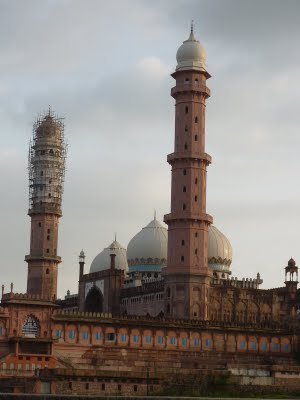 Rashtriya Manav Sangrahalaya
Rashtriya Manav Sangrahalaya
The Rashtriya Manav Sangrahalaya is located in the Shamla hills.It is also known as the National Museum of Man. In this museum we can find the entire heritage that India has experienced in her long journey through time. This one of a kind museum was set up in 1974 and sprawls over an area of more than 195 acres. In addition to exhibiting the nation's rich heritage, the museum also showcases a large collection of Tribal and folk arts from all over India.
Fairs and Festivals
The famous festival held here is Ijtima.This festival will be celebrated in the precincts Taj-ul-Masjid. It draws many Muslim pilgrims from all parts of India.
How To Reach Bhopal
By AirBhopal airport is 12 km from the Old City.
By RailBhopal is an important railway station as it is on the main Delhi-Madras route. The station is near Hamidia Road. The Shatabdi Express connects Bhopal to Delhi. It is also well linked to Mumbai, Bhopal, Gwalior, Jhansi and Ujjain by train.

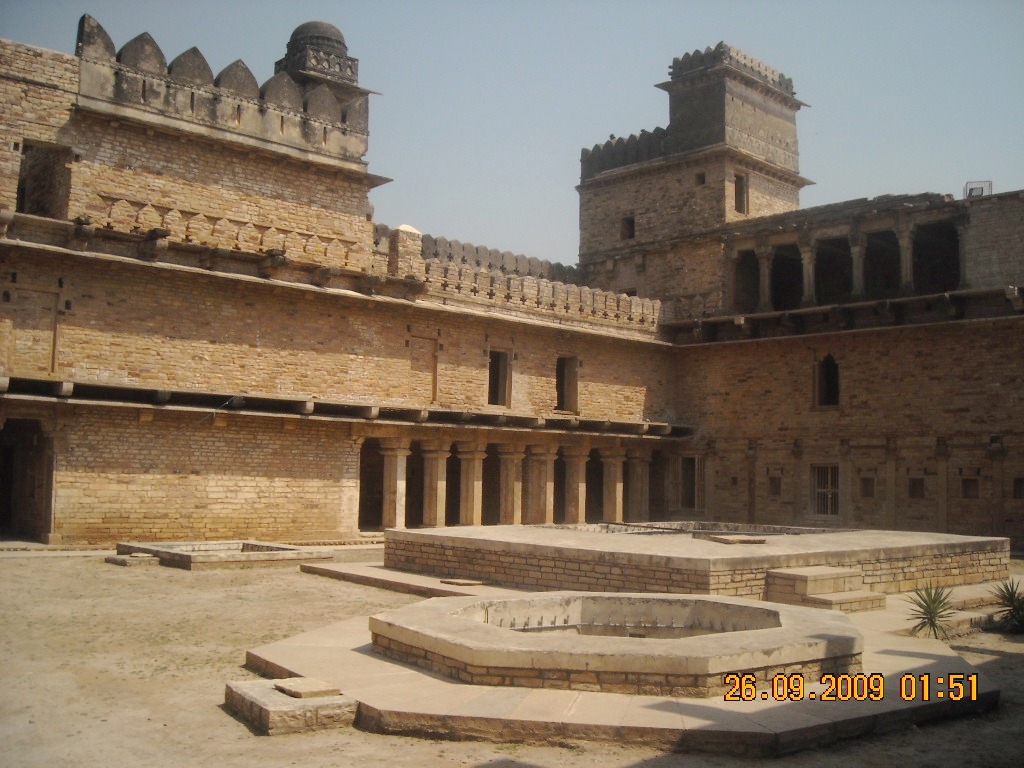
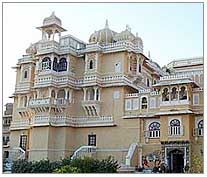

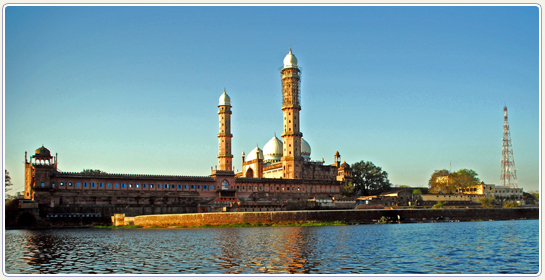
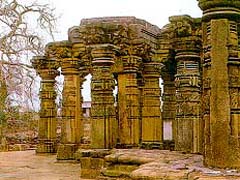
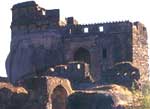
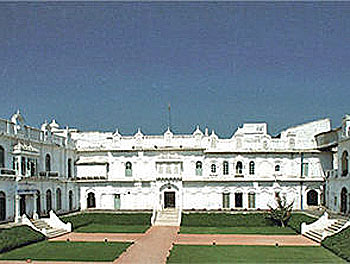
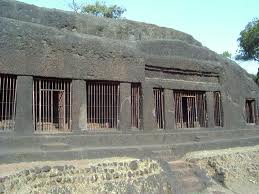




Wild Life Parks